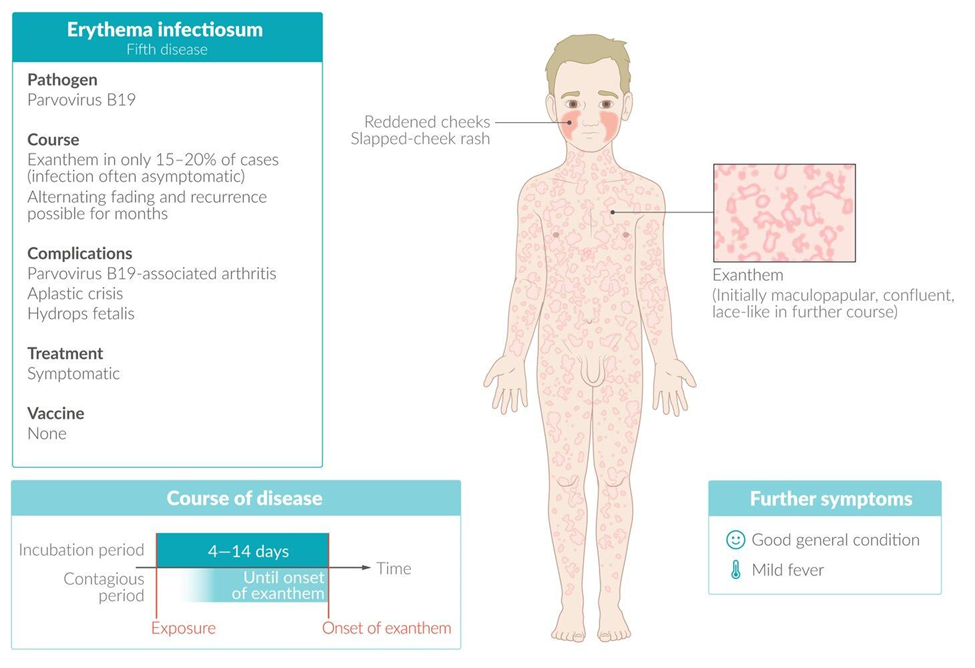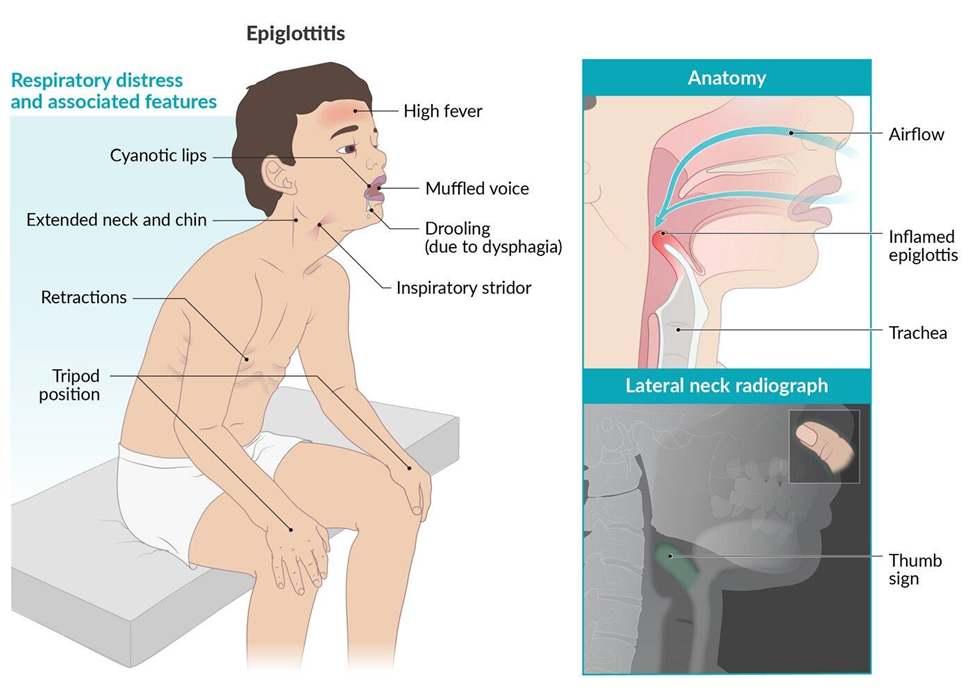The nurse is assessing a child admitted with a diagnosis of rheumatic fever. Which significant question would the nurse ask the child's parent during the assessment?
"Has your child been exposed to anyone with chicken pox
"Has any family member had a sore throat within the past few weeks?"
"Has any family member had a gastrointestinal disorder in the past few weeks?
"Has your child had difficulty urinating?
The Correct Answer is B
A. "Has your child been exposed to anyone with chicken pox?"
While chickenpox is caused by a different virus (varicella-zoster virus) and is not directly linked to rheumatic fever, the nurse might inquire about exposure to contagious illnesses as a general part of the assessment.
B. "Has any family member had a sore throat within the past few weeks?"
This question is relevant because rheumatic fever often follows an untreated or inadequately treated group A streptococcal infection, such as strep throat. A sore throat in a family member could indicate the presence of streptococcal infection, which is a crucial factor in the development of rheumatic fever.
C. "Has any family member had a gastrointestinal disorder in the past few weeks?"
Gastrointestinal disorders are not directly associated with the development of rheumatic fever. However, a comprehensive medical history might include questions about recent illnesses to understand the overall health context.
D. "Has your child had difficulty urinating?"
Difficulty urinating is not a typical symptom or risk factor associated with rheumatic fever. This symptom would likely prompt investigation into other potential issues but is not specifically related to rheumatic fever.
Nursing Test Bank
Naxlex Comprehensive Predictor Exams
Related Questions
Correct Answer is C
Explanation
A. A highly pruritic profuse macule to papule rash on the trunk.
Explanation: This description does not align with the typical presentation of erythema infectiosum. The rash in fifth disease is not highly pruritic, and the initial characteristic is the "slapped face" appearance.
B. A discrete pinkish red maculopapular rash that is spreading to the trunk.
Explanation: While erythema infectiosum can involve a discrete rose-pink maculopapular rash on the trunk and limbs, the key initial characteristic is the "slapped face" appearance.
C. An erythema on the face that has a "slapped face appearance."
Explanation:
Erythema infectiosum, caused by the parvovirus B19, is commonly known as fifth disease. The initial rash often presents with a distinctive "slapped face" appearance, characterized by erythema (redness) on the cheeks, resembling a slapped appearance. Subsequently, a discrete rose-pink maculopapular rash may develop on the trunk and limbs.
D. A discrete rose-pink maculopapular rash on the trunk.
Explanation: This description aligns with the later stages of the rash in erythema infectiosum. However, the initial characteristic is the "slapped face" appearance on the face.

Correct Answer is D
Explanation
A. Administer 0.9% sodium chloride IV solution: Although IV fluids might be necessary to maintain hydration and circulation, this is not the priority over preventing the spread of infection.
B. Assist with obtaining an x-ray of the child's neck.Imaging can help confirm the diagnosis but should be done after ensuring infection control measures.
C. Initiate IV antibiotics.Antibiotics are crucial for treatment but should follow the implementation of droplet precautions to prevent the spread of infection.
D. Place the child on droplet precautions.
Epiglottitis is a medical emergency primarily caused by bacterial infections, such as Haemophilus influenzae type B (Hib). The first priority is to ensure the safety of both the patient and others by preventing the spread of infection.Placing the child on droplet precautions helps to contain the bacteria and protect healthcare workers and other patients.

Whether you are a student looking to ace your exams or a practicing nurse seeking to enhance your expertise , our nursing education contents will empower you with the confidence and competence to make a difference in the lives of patients and become a respected leader in the healthcare field.
Visit Naxlex, invest in your future and unlock endless possibilities with our unparalleled nursing education contents today
Report Wrong Answer on the Current Question
Do you disagree with the answer? If yes, what is your expected answer? Explain.
Kindly be descriptive with the issue you are facing.
